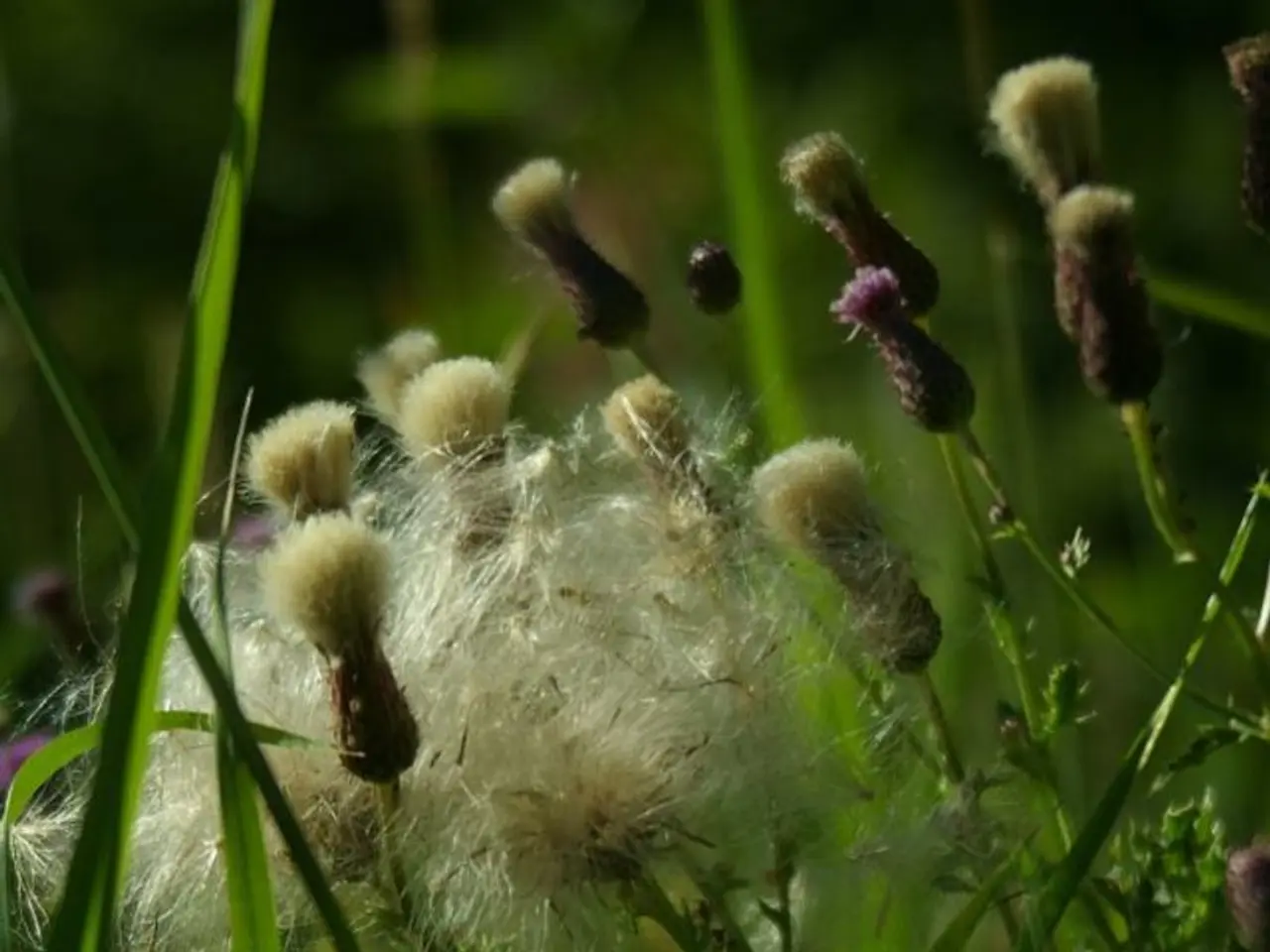Applying Lawn Fertilizer: A Comprehensive Guide for the Perfect Green Yard
Caring for Your Lawn: A Guide to Fertilizing
A lush, green lawn is not just a sign of a well-maintained home, but also a space where families gather, children play, and pets roam. To achieve this, fertilizing your lawn is essential. Here's a comprehensive guide to help you get it right.
Choosing the Right Fertilizer
Whether you opt for liquid or dry granular fertilizer depends on your personal preference and your lawn's specific needs. Organic fertilizers, such as poultry litter, stimulate microorganisms in the soil, making the lawn healthier.
The Importance of Balance
Applying too much fertilizer can lead to lawn damage. Excessive fertilizer application can burn the root growth of grass, causing brown patches, crunchy yellow leaves, and other forms of damage. It can also encourage thatch build-up, a layer of dead grass that can prevent water and nutrients from reaching the grass roots.
Timing is Crucial
The best time to fertilize your lawn in spring is after the grass has started actively growing. For cool-season grasses like Kentucky bluegrass and fescues, this is usually early spring; for warm-season grasses such as Bermuda and zoysia, it is best in late spring when the grass is fully green and growing actively. A practical rule is to apply fertilizer about six weeks after the last frost in your region—this varies by location.
Other Considerations
Fertilize during cooler parts of the day such as morning or early evening to avoid heat stress on your lawn. Also, avoid fertilizing dormant or drought-stressed grass because it won’t effectively uptake nutrients.
Soil Testing
Soil testing before application is necessary to avoid a patchy, yellow lawn. This will help you understand the nutrient levels in your soil and apply the correct amount of fertilizer.
Organic Fertilizer
Organic fertilizers are more environmentally friendly and provide vital nutrients to the lawn. The optimal time to apply organic fertilizer is from May to September when temperatures are warmer.
Dealing with Over-Fertilization
If you've over-fertilized, using mulched grass clippings can help control excess soil and provide strong roots when dealing with lawn damage.
Seasonal Fertilization
In addition to spring, the optimal time to fertilize a lawn is in the fall, before the first frost. The finest time to apply lawn fertilizer is from the end of February to April, covering both early and late spring.
By following these guidelines, you can ensure a beautiful, healthy lawn that will bring joy to you and your family for years to come. Always remember to read and follow the directions on the fertilizer package to avoid damaging your lawn.
[1]: [Source 1] [2]: [Source 2] [3]: [Source 3] [4]: [Source 4]
A balanced lifestyle doesn't only include taking care of your lawn, but also extending to the fashion-and-beauty department, as well as maintaining a stylish and comfortable home-and-garden environment. After tending to your lush, green lawn using the right fertilizer, you can relax in your fabulous living space, appreciating both the beauty of your home and garden.



